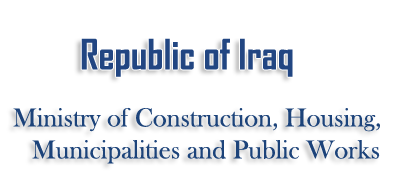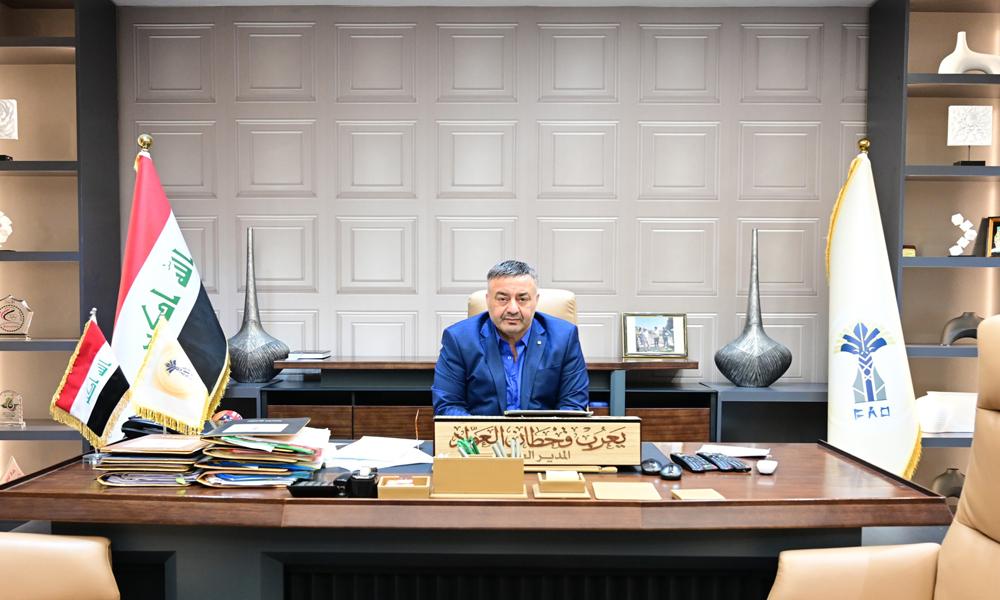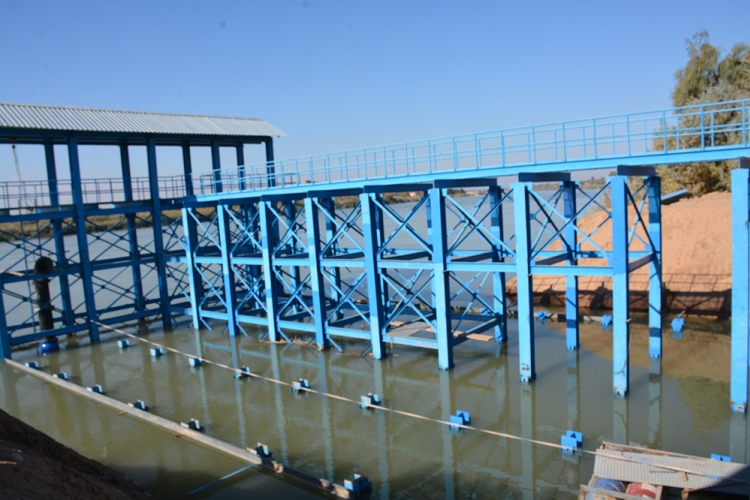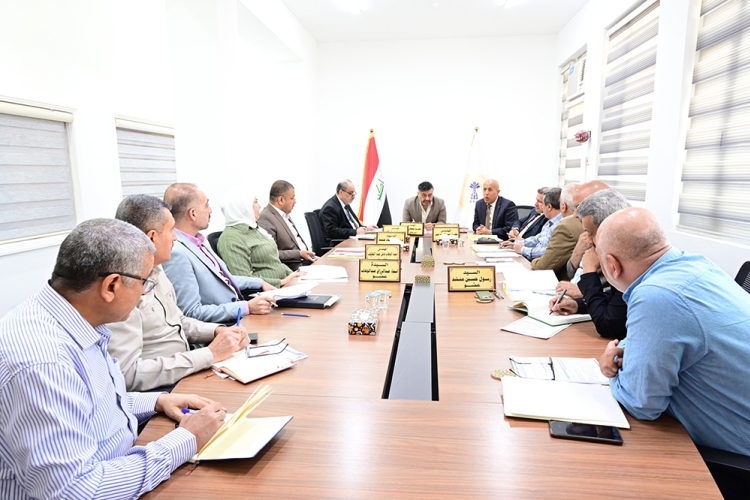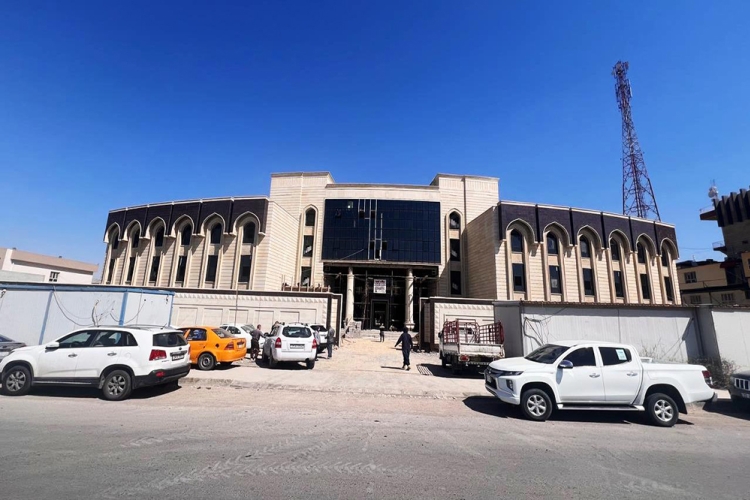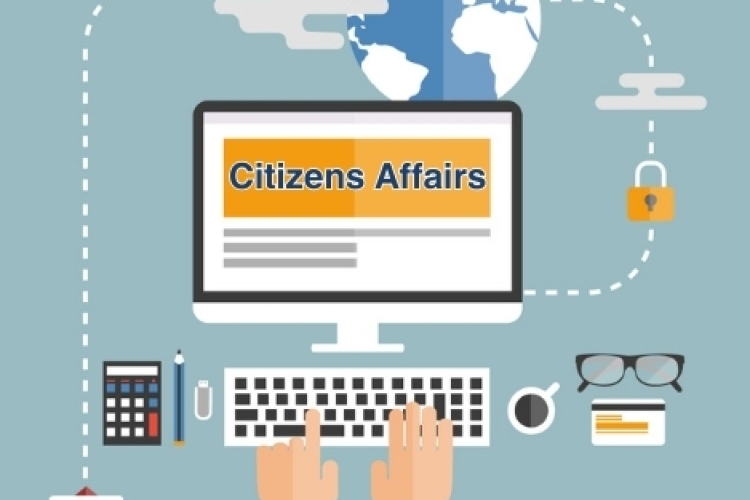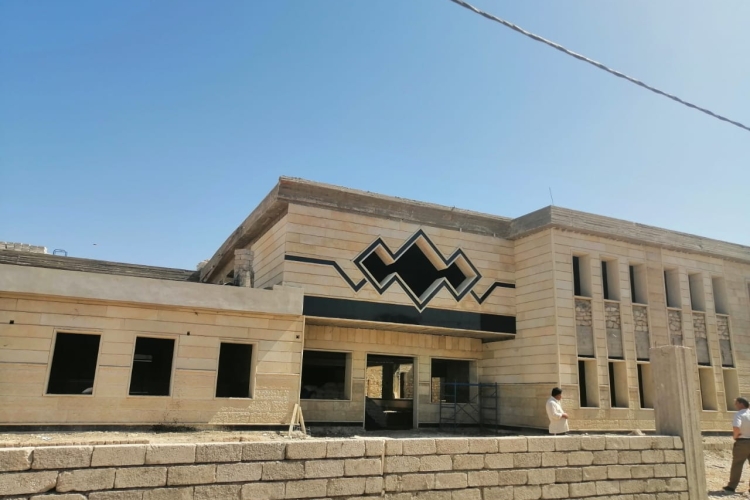INSTITUTIONAL PERFORMANCE EVALUATION CRITERIA
First: Driving Standard
1-Leadership Standard: Leaders set mission, vision, values and ethics and act as role models for credibility and social responsibility. They also spread a “clear” orientation and strategic focus, and develop and support a shared leadership culture, through percentages (15% of an electronic panel or screen, 10% of a notice board, and 15% of the periodic meeting of employees)
Evaluation rate is (25% out of 40%)
2-Improvements needed to improve performance: Leaders identify and drive improvements، track and use a balanced set of results to review progress، visualize long and short-term priorities، review and evaluate the set of results achieved to improve futuristic performance، make decisions based on sound factual information, and develop future scenarios They effectively manage strategic, operational and financial risks based on (20% time, 15% quality, 15% costs)
The rating is (50% out of 50%)
3-Institutional development of leadership with external stakeholders:
They use approaches to understand and anticipate the different needs and aspirations of stakeholders and respond to them through
A- Availability of a method to determine the response (25% of the proposal form, 25% of the electronic form)
The rating is (50% out of 50%)
B - Provides transparency in assuming responsibility (25% of the employee’s detailed tasks form, 25% of the employee’s suggestions form)
The rating is (50% out of 50%)
4-A culture of excellence: As leaders support a culture of trust and openness, are transparent and take responsibility, they encourage those concerned to participate in activities that contribute to building society as a whole. They inspire employees and create a culture of participation, ownership, empowerment, improvement and responsibility, believe that sustainable advantage is based on their ability to learn quickly and respond quickly when necessary
A- They support workers to achieve their plans, goals and objectives, appreciate the efforts and achievements of workers in a timely and appropriate manner, and promote a culture of supporting the generation of new ideas and new ways of thinking to encourage creativity and development through (5% thank you letters, 5% reward grants, 10% Ministry Creativity Shield, 30 % commemorative symbol)
Rating (40% out of 50%)
B - Promote and encourage equal opportunities and diversity through (25% of the employee diversity proposal form, 25% of other forms)
Evaluation rate is (25% out of 50%)
5-Effective management and ensuring flexibility: Leaders ensure the organization is flexible and manage change effectively. They are able to:
A- Taking sound decisions in a suitable time based on available information, experience and previous knowledge through (15% of periodic meetings, 25% of emergency meetings, and other 10%)
The rating is (50% out of 50%)
B- They involve all stakeholders and seek support from them to make the necessary changes to ensure sustainable success, they manage change effectively through the management of structural projects and the improvement of the target process, they use a “structural” approach to generate innovative ideas, they test and refine promising ideas through (15% of proposal forms distributed periodically” 20% electronic form, 15% other)
The evaluation rate is (zero percentage out of 50 %)
Second: The strategic plan criterion
The strategy is the second criterion of excellence, so what is the strategy? What is its relationship to excellence?
1-In order to achieve excellence, a clear strategy must be developed and developed. This strategy achieves the vision and mission and seeks to understand the needs and aspirations of stakeholders and the external environment and is based on:
A- Informing and understanding the plans through overtures (15% official, 20% electronic, 15% other)
The evaluation rate is (15% out of 50%)
B- Analyzing, studying and understanding plans that are compatible with the company’s work, through (25% assigning the task to employees, 15% forming a team or committee for the task, 10% assigning an external consulting office)
The evaluation rate is (40% out of 50%)
2-Formulation of the plan, where the strategy is based on the following:
-
Understanding the needs and aspirations of stakeholders and collecting data and future expectations in order to benefit from them in the development and strategic review and its supportive policy and prepare and prepare for any change through the availability of (20% current and future needs form, 30% electronic form)
The evaluation rate is (20% out of 50%)
b- Analyzing, identifying and understanding external indicators such as global and local economic and social trends, analyzing and understanding the forms, needs and future expectations of all stakeholders in the company through (25% assigning the task to a specialized employee, 15% forming a specialized work team or committee, 10% assigning the task to an external consulting office )
Evaluation rate is (25% out of 50%)
Third: The human resources standard (employees)
In order to achieve excellence, employees must be appreciated and a culture that achieves benefit. There is no doubt that developing the capabilities of employees and achieving justice and equality among them is a supportive and motivating matter for excellence. It is necessary to communicate with employees, reward and appreciate them in a way that motivates them and lays the foundations for commitment and enables them to use their skills and knowledge through:
1- Supporting plans for employees through:
A- A form for determining the level of performance of the company’s employees (15% of the needs form, 30% of the electronic form, 5% of the other)
Rating (20% out of 50%)
B - Systematic alignment of employees in line with the requirements of the company’s organizational structure, through (20% job description form, 30% electronic form)
The evaluation rate is (20% out of 50%)
C- Employees participate and enable them to prepare a review of the employees’ strategies, which is carried out through (20% invitation to attend meetings and seminars, 30% electronic form)
The evaluation rate is (20% out of 50%)
D- Effective management for the purpose of transfers and career succession through (20% recruitment and nomination form, 30% electronic form)
The evaluation rate is (20% out of 50%)
2- Developing the knowledge and capabilities of employees through:
A- Determining the creative skills and competencies and the level of performance through (20% nomination form, 30% electronic form)
The evaluation rate is (20% out of 50%)
B - Evaluation of the performance level of employees through (20% evaluation form, 30% electronic form)
The evaluation rate is (20% out of 50%)
C-Follow-up and ensure working competencies through (20% test form, 30% electronic form)
The evaluation rate is (20% out of 50%)
3- Involvement and empowerment of human resources through:
-
Studying the personal tendencies of employees through (20% of the personal goals and tendencies form, 30% of the electronic form)
Rating (20% out of 50%)
B - The nomination form for employees to be experts to enhance the company’s reputation and is done through (20% nomination form, 30% electronic form)
The evaluation rate is (zero percentage out of 50 %)
Fourth: Institutional Resources and Partnerships Standard
It is necessary to plan and manage external partnerships, suppliers and internal resources in order to support the strategy and to ensure the effective management of environmental and societal impact, as:
1- Working on managing companies and suppliers, managing financial resources and managing buildings, equipment and natural resources through (20% beneficiary classification form, 30% electronic form)
The evaluation rate is (20% out of 50%)
2- Working on technology management and information and knowledge management through (20% of the updated application form, 25% of an electronic form, and another 5%)
Rating percentage (20% out of 50%)
Fifth: Standard of Operations, Products and Services
To achieve excellence, it is necessary to manage and improve processes, products and services to generate added value through:
1- Operations design and management through:
A- A full understanding of the duties of the operations officials, their roles and responsibilities to ensure the smooth running of the business through (20% task and authority form, 30% electronic form)
The evaluation rate is (20% out of 50%)
B - A package of indicators on the performance of tasks and the use of powers to ensure that these tasks are evaluated through (20% form identifying strengths and weaknesses, 30% electronic form)
The evaluation rate is (20% out of 50%)
2- Developing products and services by strengthening relations with the customer while taking into account the effects on public health and safety through (20% electronic form, 30% electronic form)
The evaluation rate is (20% out of 50%)
